Yearly, many travellers and tourists, both novice and experienced arrive in Istanbul to see the Sultanahmet attractions and iconic landmarks. The city’s reputation as a major hub of business, trade, finance, education, and tourism, is already firmly guaranteed. However, the Sultanahmet area is more engrained in the timeline of the globe thanks to its great past as the capital ruling centre of both the Ottoman and Byzantine empires.
It is important for first-time visitors to understand the significance of this. From the buildings within this district, emperors and sultans made decisions that shaped events around the world and determined the course of history. The easiest way to understand and appreciate its global influence is to visit the tourist attractions of which all are timeless buildings and landmarks. Whether you like history or not, they impress everyone with their presence and secrets from the past.
Sultanahmet Attractions in Istanbul
The Blue Mosque
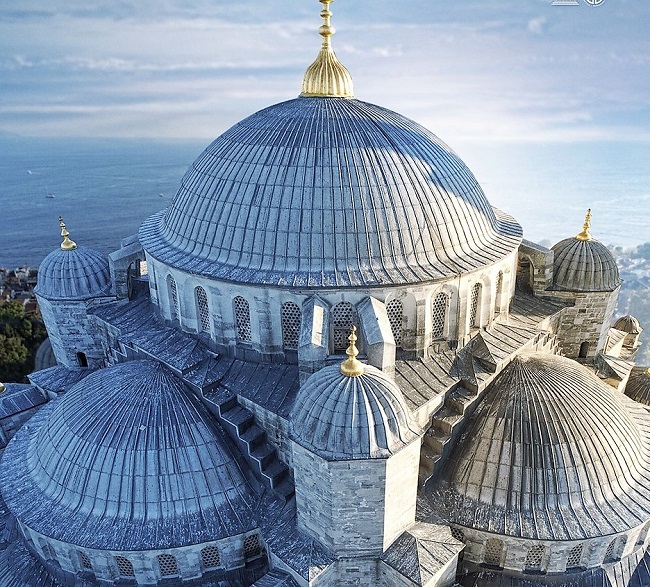
Also called the Sultanahmet Camii, the Blue Mosque is a good place to start the tour because as well as being a highly respected historical attraction, it also portrays the current day life for Muslims in Turkey’s largest city. Open to everyone outside of prayer time, the 17th-century mosque is an iconic landmark reflecting the brilliance of Ottoman architecture.
Hagia Sophia
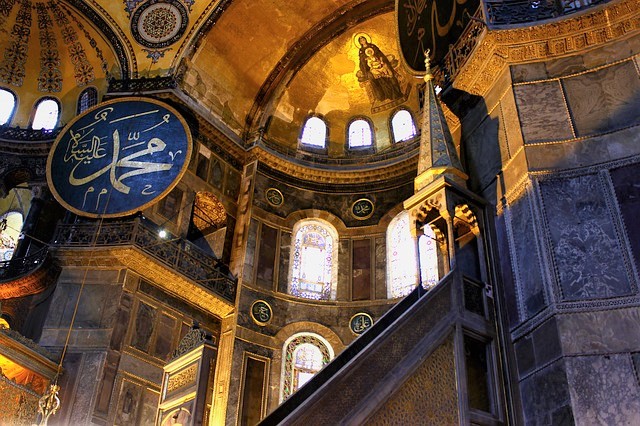
Sitting directly opposite, the Hagia Sophia was once the large domed building in the world and functioned as a church and mosque before becoming a museum during the 1930s. Although the building itself is an architectural wonder, it is the Islamic plague calligraphy and Christian mosaics sitting within the same walls, that are its prize gems.
Topkapi Palace: Home of the Ottoman Sultans
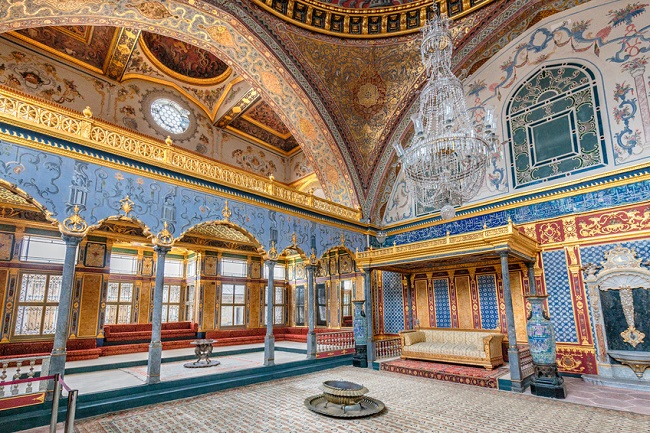
If you have toured the above two attractions so far, it is time for lunch or a break because the marvellous Topkapi Palace should be slowly appreciated. Commissioned when the Ottomans invaded Constantinople, the building includes various displays including clothing and jewellery owned by the sultans. The most talked about section though is the harem, where wives and concubines spent their days.
Istanbul Archaeology Museums
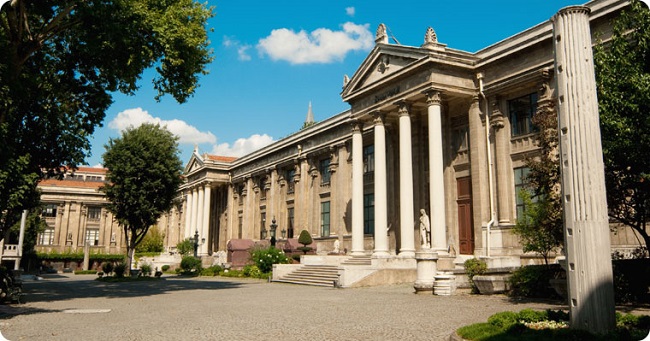
Three separate sections hold thousands of artefacts forming one of the world’s best collections. Reflecting the history of the world and the criss-cross influence of various civilisations, it is within walking distance of Topkapi Palace and Gulhane Park. Many famous pieces including the Gezer calendar, one of the oldest examples of Hebrew writing dating from the 10th century BC, enjoy tremendous admiration from visiting history lovers.
The 1001 columns of the Basilica Cistern
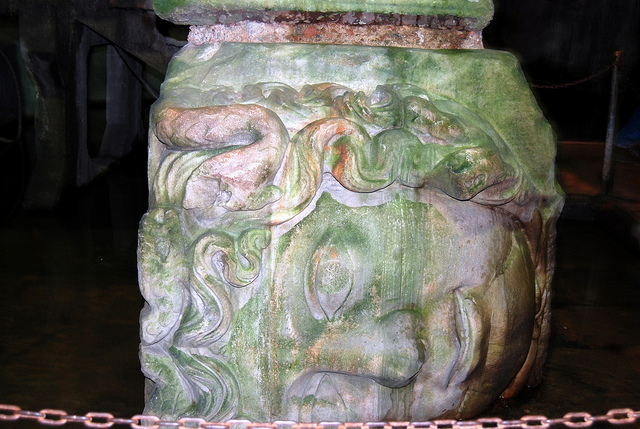
Heading down a stone flight of steps, visitors arrive in a somewhat mystical world where James Bond once chased the baddies. Featured in one of his films, the Basilica Cistern is famous for many reasons including the upside heads of Medusa, the stone columns and the once famous visitor of Mark Twain.
Turkish Arts and Islamic Museum
The original building, belonging to an Ottoman Grand Vizier was constructed in 1542. Although its small size cannot be compared to the landmarks mentioned above, it gives a fascinating insight into old nomadic Turkish life and the traditional culture of carpets, with many fragile and ancient rugs on display.
The Hippodrome of Sultanahmet
Exiting the museum, cross the road to arrive at the ancient hippodrome. Its current day appearance sadly doesn’t reflect its historical importance as the social and political scene of the Byzantine empire. Yet take a moment to savour what events happened, here, especially the famous Nika riots of 532 in which officials massacred an estimated 30,000 people.
Further Reading:
If you are already visiting the city though and need more ideas of places to go and what to do, see the rest of our Istanbul articles for ideas and suggestions.
